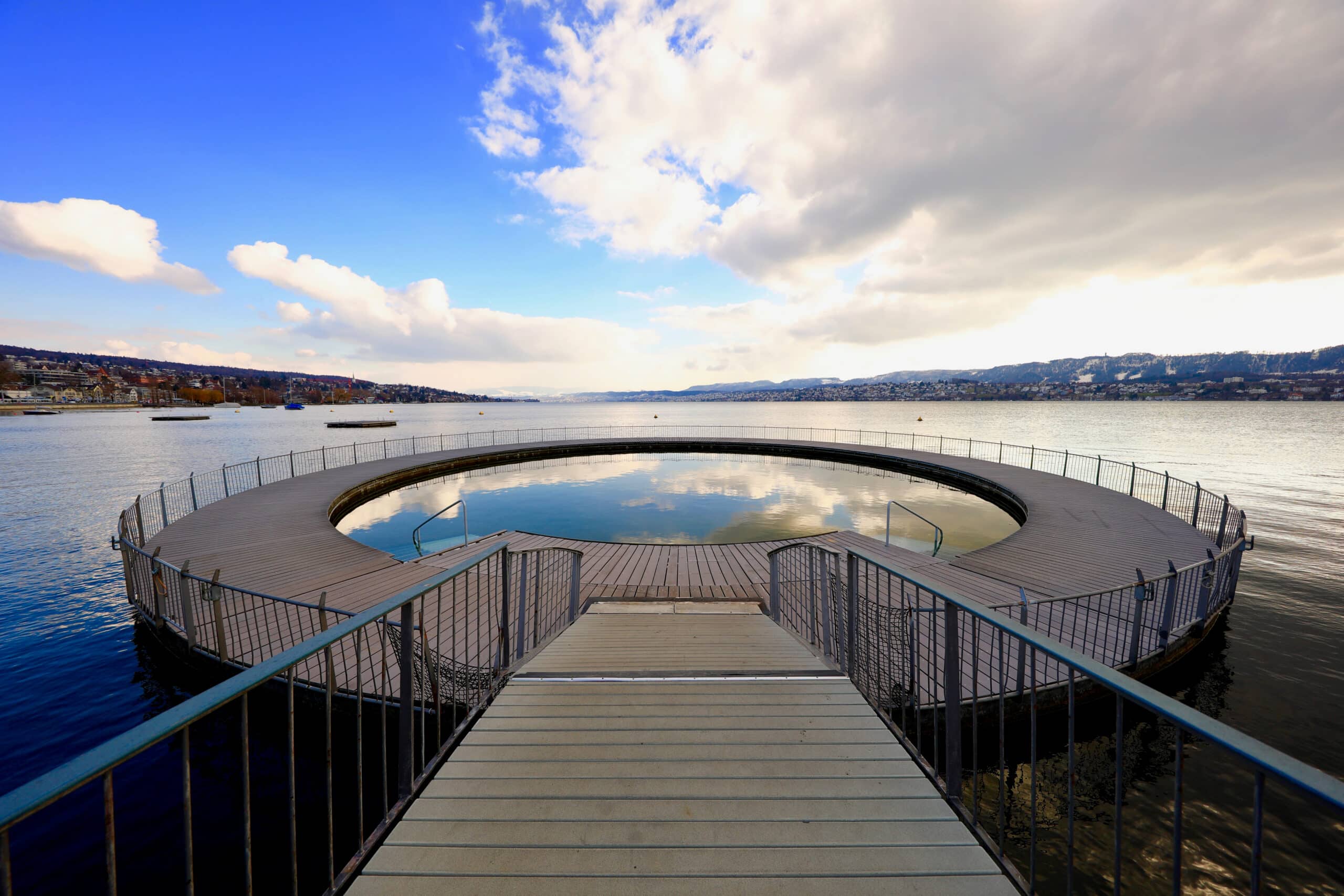Studies have found that treatment plants with advanced removal technologies, form fewer types and lower levels of harmful
by products (known as DBPs) in the product water, due to the reduced use of chemicals, as a result of the highly efficient treatment processes.
Surface waters are by regulation, required to be dozed with disinfectants, these disinfectants can react with natural organic matter in the source waters to form disinfection by products (DBPs), that may be highly carcinogens. Although disinfection has saved lives, with regard to drinking water – it’s drawbacks however, in the case of forming by products, can cause harmful health effects.
The type of disinfection used is determined by water temperature, which has an effect on chemical-reaction kinetics, thus reactions occur faster in warmer waters. Additionally, water pH influences the effectiveness of the disinfectant and also often plays an important role in determining the type of disinfection by product that forms.
There are many ways to prioritise plant optimisation efforts, as utilities switch from a reliance on for example chlorination of potable drinking water supplies to the application of new technologies that more efficiently treat water and wastewater.
There are many more factors that affect the quality of water that enters the plants and that’s why joining forces with the best service providers in the water and energy sector is pivotal and will keep the communities it serves avoid the adverse reactions to environmental contaminants.
You can contact us to through all our social media channels, via the website or just give us a call to get real-time assistance.

